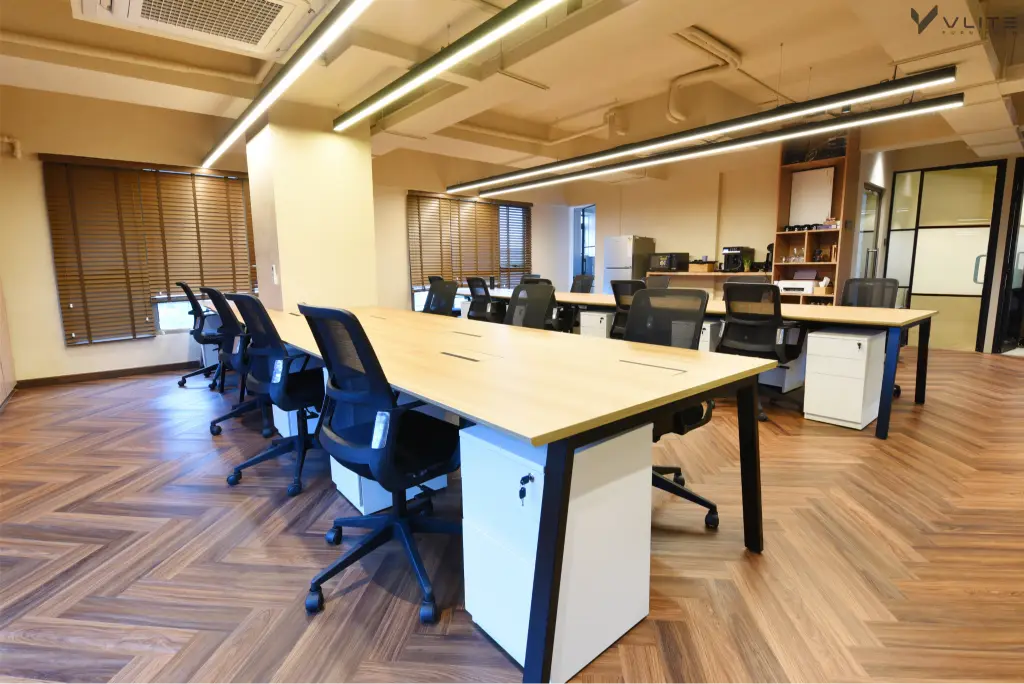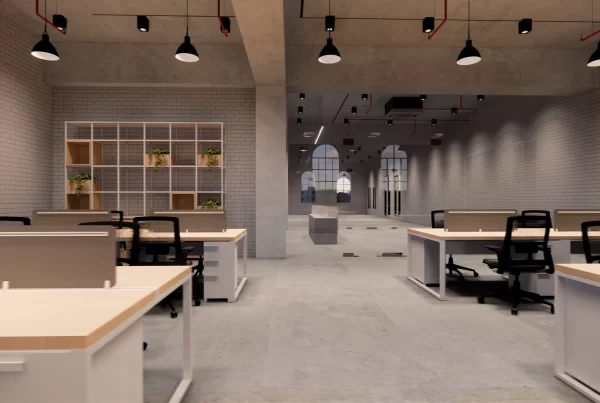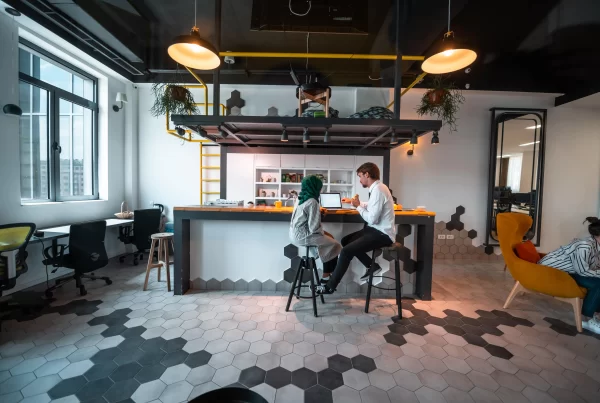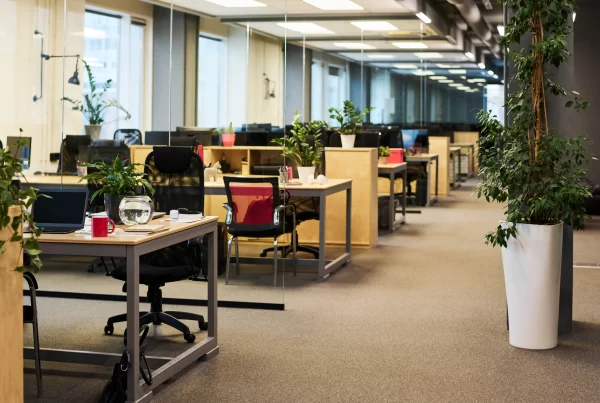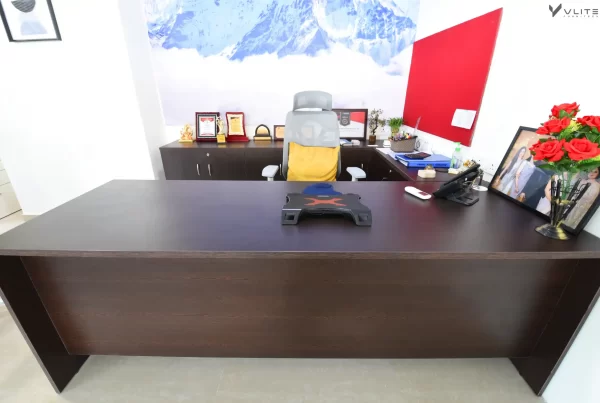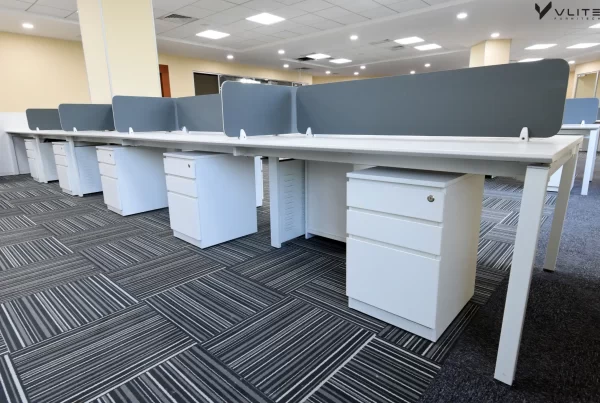Traditional offices are those offices that you can visualize when you close your eyes. A standard, stereotypical mindset that people hold about a normal office’s look and feel is exactly how traditional offices are. These offices often lack creativity, innovation, modern furniture, and other things. These office design may or may not suit the minds of new people, especially the younger generation, causing a sharp decline in productivity.
Modern office design, on the other hand, are equipped with the latest trends in terms of fashion, innovation, and style, and often reflect the work culture of the company. Imagine a media agency where the walls are designed with graffiti or other cool quotes, designs, some quirkiness, and an overall cool look. This is the standard definition of what you’d call a modern office. It breaks the stereotype and convention and emerges as the modern player.
Having said that, let’s break it down and understand the core differences between traditional and modern office design:
Design:
As was discussed above, the most prominent thing that differentiates the two is the design. Modern offices go for simple yet spacious designs. It is designed, keeping in mind the comfort of the employees, in terms of sitting, and standing, as well as intangible comforts like matching the vibe.
Traditional offices, on the other hand, will not contain modern designs like the latest furniture designs, and the younger generation may, or may not be able to feel comfortable working in such an atmosphere.
Space:
Modern offices are designed, keeping in mind the comfort of their employees. The priority here will be comfortable spacing in terms of sitting, stretching, or standing. Everything will be designed for comfortable work culture.
Traditional offices, on the other hand, will have a conventional design that may or may not prioritize space, and with the increase in the number of employees, people can often find themselves uncomfortable in terms of movements.
Colours:
Modern offices can play with colours! That’s the truth. Based on the type of work that they do, a modern office can create the right vibe. That will include furniture as well. A cool modern agency can play more with colour than a traditional corporate that will go with simple, minimalist ones.
Traditional offices will obviously lack it since they cannot go beyond the convention. That may or may not suit the vibe of the younger generation. However, it goes both ways as the older generation may not fit in with the modern and quirky designs.
Flexibility
This is perhaps one of the major factors that differentiate modern and traditional offices. Modern offices are flexible in terms of design changes. Usage of minimalist furniture and space, modern offices can easily change their appearance based on the comfort and approval of the employees.
This is not the case in the case of traditional offices where the designs are such that it will be very tedious to make the major changes.
Conclusion:
Opting for traditional or modern office design depends entirely on the work culture and the type of employees. Senior management offices or big corporate can go for traditional designs whereas new ones can go for modern ones. However, in my opinion, it’s always prudent to go for the modern ones because ultimately, comfort boosts productivity!

